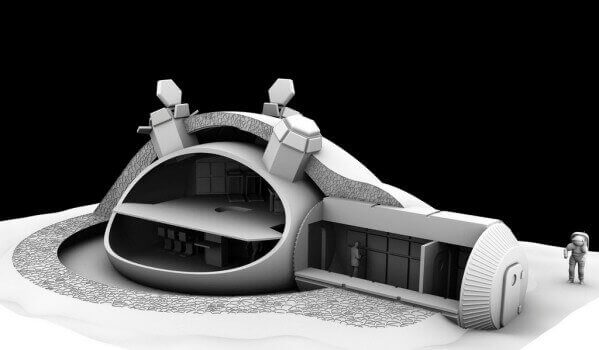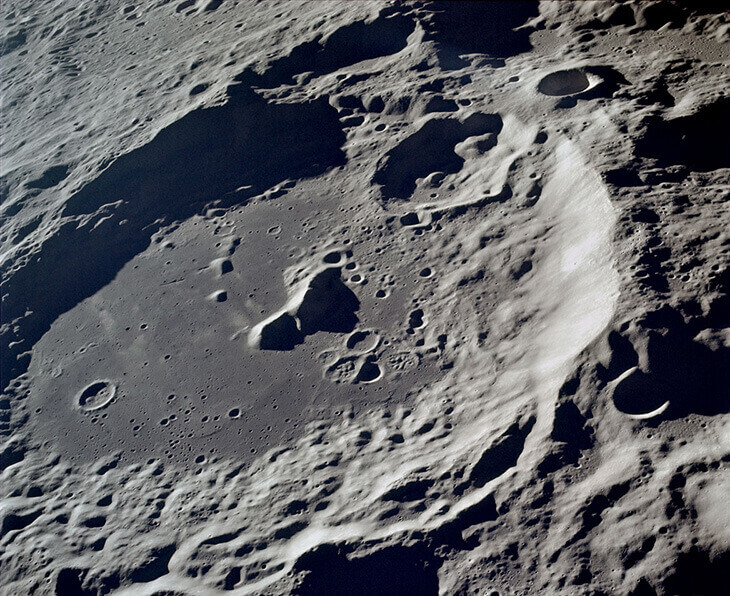What started out as an idea has now a mission plan and a timetable. Despite difficult political times, Russia and the EU are planning to build a permanent lunar base together. The goal is to erect a 3D printed habitat, so astronauts can find water on the dark side of the moon.
This Tuesday, Russia’s space agency announced plans for its first manned lunar mission. It will also prepare the nation’s first permanent 3D printed moonbase. The manned mission to the moon is scheduled for 2029. Head of the Russia’s space agency Vladimir Solntsev confirmed that in a press briefing in Moscow.
Earlier this month, European Space Agency ESA already announced its collaboration with the Russian space agency for the planned permanent moon habitats.
Luna 25 mission, which is scheduled for 2021, will launch an unmanned mission to Moon’s south pole. The goal is to investigate suitable target areas, find materials for generating oxygen, and to search for the best place to “start the colony”.
The possible partnership of ESA and Russia’s space agency is for Luna 27 in 2029. ESA’s participation in the colony mission is due to receive final approval in 2016.
How To Build a 3D Printed Moonbase
One of the mission highlights is the use of 3D printers building permanent structures made from lunar soil. ESA is now examining the possibility of using Moon’s soil as the main ingredient (All3DP reported).
The process will involve large-scale 3D printing with D-shape printers, which were developed by Enrico Dini.
These 3D printers are working by the same principle as FDM 3D printers on earth. D-shape printing works by putting down a layer of fine granulate and adding an inorganic binder. Then the process is repeated layer by layer, until the structure is finished.
By using lunar soil, ESA could save a huge amount of money by avoiding unnecessary space freight to the Moon. Only the machine parts and the binding materials have to be shipped to the lunar surface.
Current D-Shape printing technology is using two inorganic binders, magnesium chloride and metallic oxide. Both materials aren’t available on the moon. So one of the challenges is to use the minimum amount of binder per volume of the lunar soil without sacrificing rigidity.
I’ll See You On The Dark Side Of The Moon
The target landing site is the Aitken crater, moon’s biggest crater. It is located near the Moon’s south pole. The size of the South Pole-Aitken Basin led scientists to believe that the impact should have exposed the lunar mantle and caused the basin to be full of mantle material.
Some scientists call this place ‘far side’ because the environment is very different. Unlike other regions on Moon, the Aitken region has areas that are always dark. Scientists believe it offers ‘icy prisons’ with water and other chemicals that can help mission crew members build “buildings” and generate supplies.
In addition to Europe, Russia is also planning to open a dialogue with China. The two nations are reportedly looking to create a permanent space station that will assist future space missions to Moon and beyond.
License: The text of "Russia And EU Reveal Plans For A 3D Printed Moonbase" by All3DP is licensed under a Creative Commons Attribution 4.0 International License.

